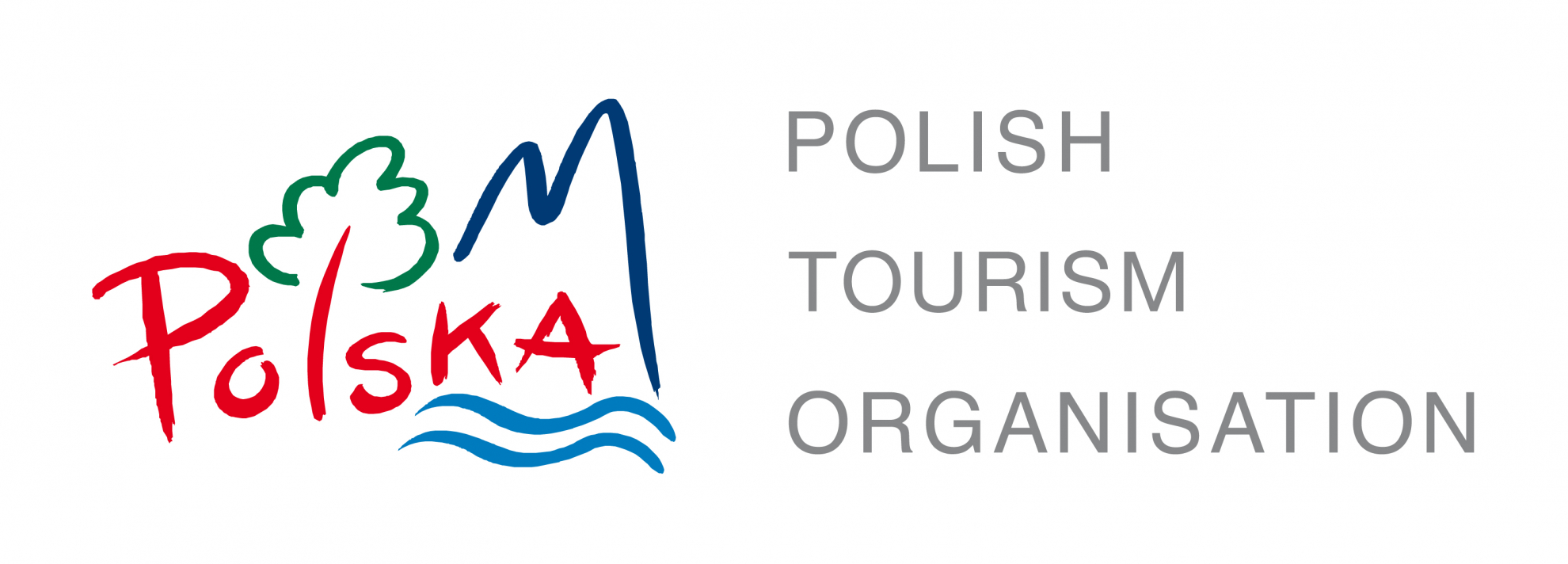Medieval Town of Torun since 1997 is on the UNESCO list of World Heritage List.Torun owes its origins to the Teutonic Order, which built a castle there in the mid-13th century as a base for the conquest and evangelization of Prussia. It soon developed a commercial role as part of the Hanseatic League. In the Old and New Town, the many imposing public and private buildings from the 14th and 15th centuries (among them the house of Copernicus) are striking evidence of Torun's importance.
Torun preserves to a remarkable extent its original street pattern and outstanding early buildings, providing an exceptionally complete picture of the medieval way of life. The unique spatial layout of Torun has survived almost intact and provides valuable source material for the history of town development in medieval Europe. The Old Town, which forms the western part of the complex, is laid out around its central Market Place. The main feature of the Market Square is the imposing Old Town Hall, built in 1391-99 using some elements, including the tower of 1274, from its predecessor. The Parish Church of St John (Cathedral of Torun since 1992) was built in stages. The Church of the Assumption of the Blessed Virgin Mary, formerly the church of the Grey Friars (Franciscans), contains 14th-century wall paintings, as well as some fine Baroque furnishings. The Old Town was fortified progressively between 1250 and 1300 with a double wall strengthened by bastions; these fortifications were reconstructed in 1420-49 and partly dismantled in the 19th century, but most of the southern sector facing the river survives intact, with gates and towers. In the New Town, the Parish Church of St James is another fine building in late Gothic style. Its interior contains many Baroque furnishings. The Blackfriars (Dominican) Church of St Nicholas was almost entirely demolished in the 19th century. However, the remains of the church and its cloister have been excavated and laid out as a public park. Most of the Castle of the Teutonic Order was destroyed during the uprising of 1454. The remains have been excavated and laid out for public presentation as a museum. Both the Old and the New Town are rich in fine medieval brick burgher houses, many of which retain their original Gothic facades and interior fittings (partition walls, ceilings, painted decoration). Because of the survival of so many houses from this period, the medieval plots are for the most part still preserved, delineated by their original brick boundary walls.


 Mapa de ubicación:
Mapa de ubicación:
